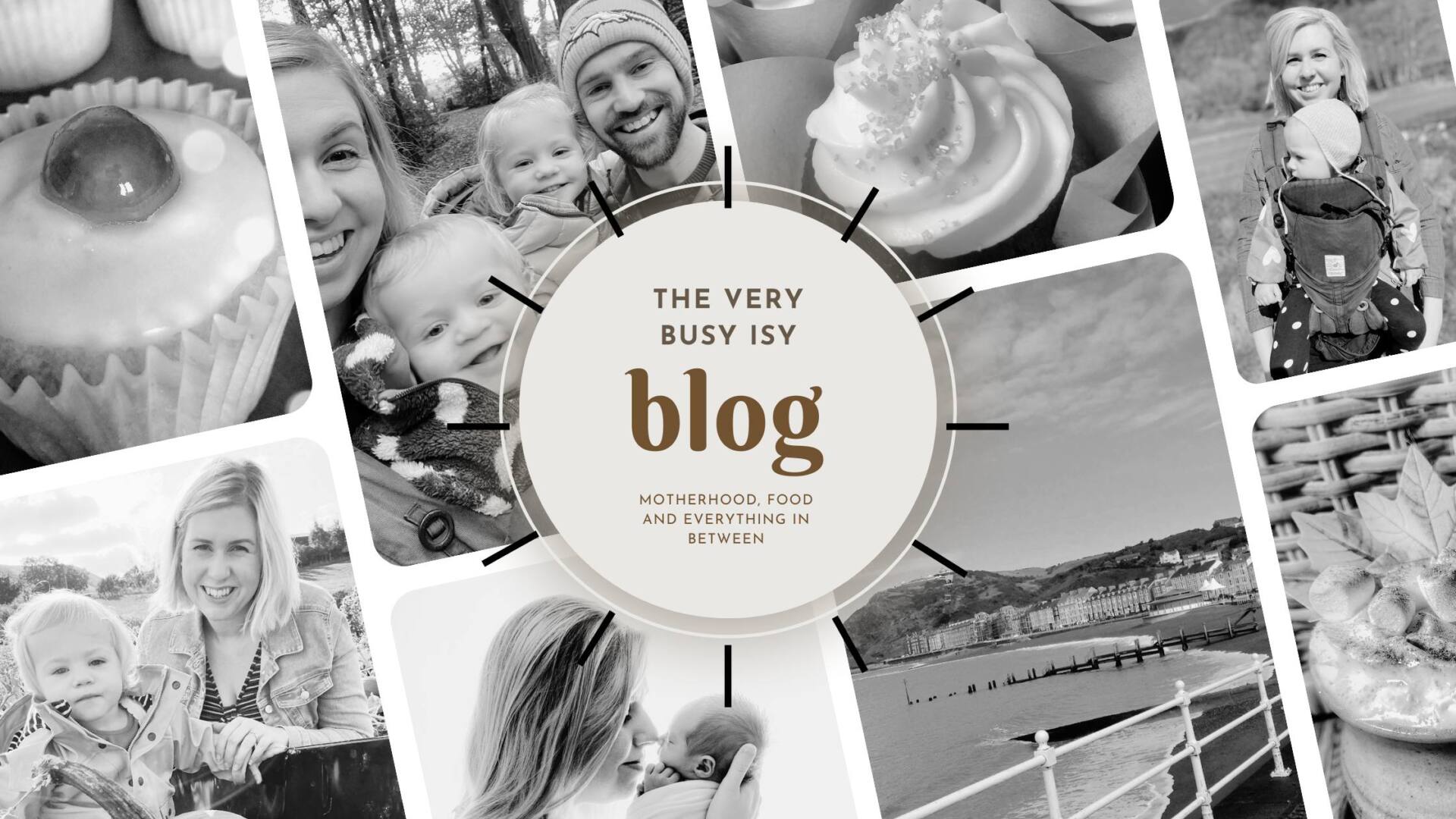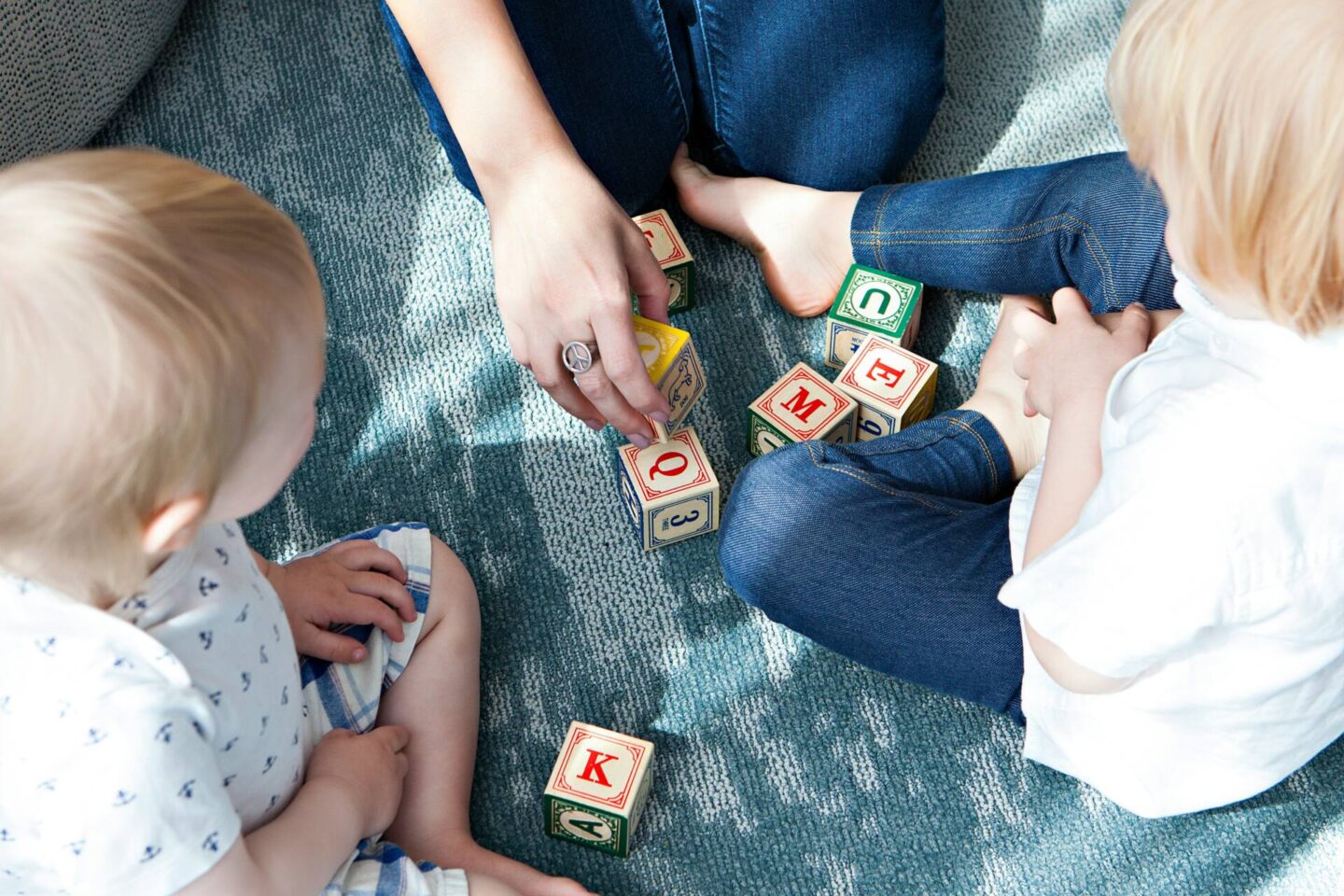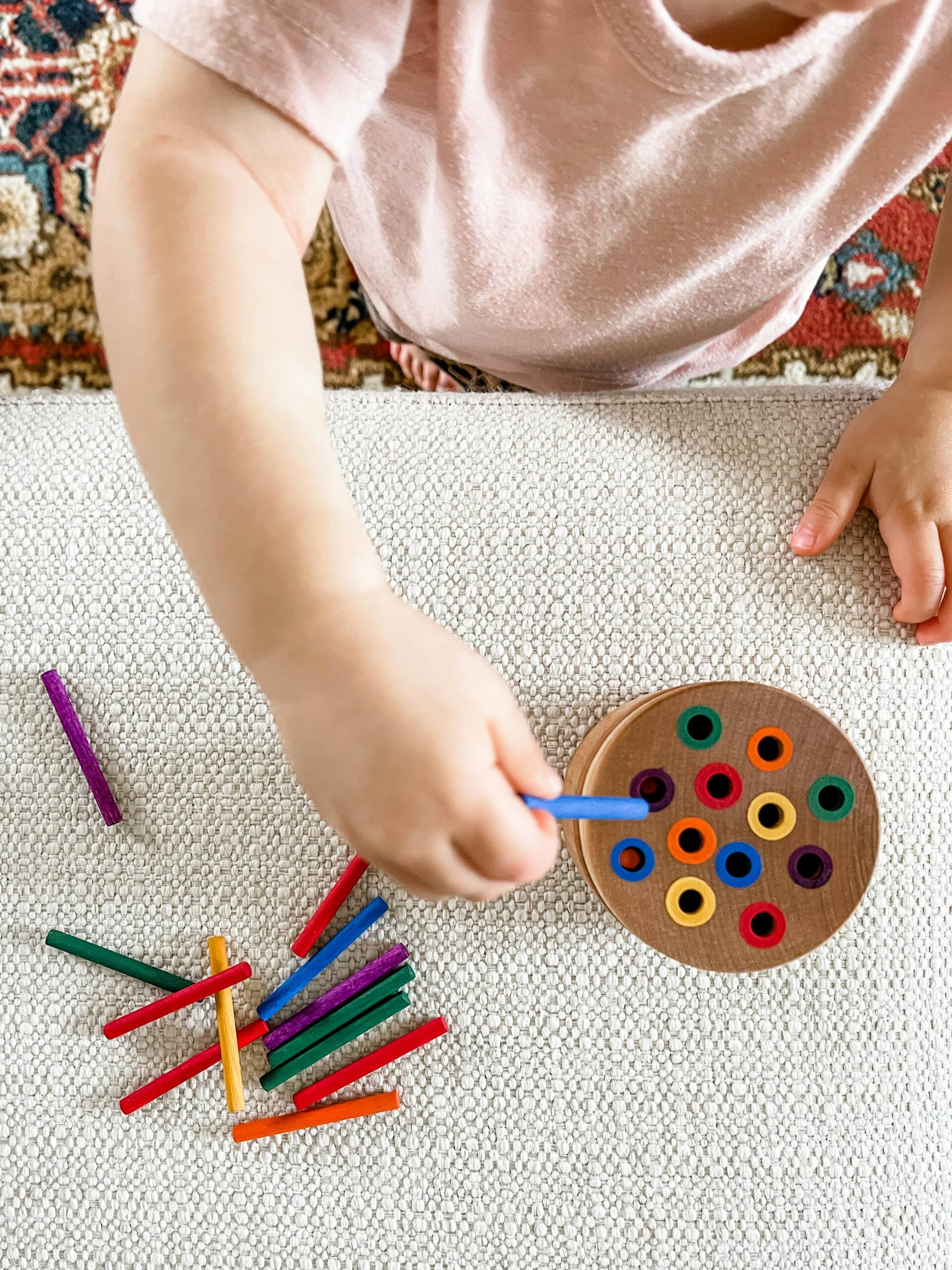Would you like some inspiration for fun circle time games for early childhood education? Do you have a group of little ones ready to play?
The following blog post will give you some awesome ideas I have tried over the years with my own children. I have picked up tips from pre-school and nursery groups to engage in the best circle time for social development in young children. These are perfect for both home schooling or just at home play.
Why is Circle Time so Important?
Fun circle time games for early childhood education have been widely written about over the years as being fundamental in fostering social interaction in young children. They are used to build confidence, share experiences, and bring classroom materials, or items of interest, into a group setting to explore. We have done little circle times with just my children or enjoyed huge sessions in a playgroup.
Whilst singing and storytelling are often key in circle time sessions with young children, incorporating learning materials into the group can really enhance the experience. In many of the preschool groups I attended with my children, circle time would involve the production of interactive props such as scarves, teddies and puppets to accompany the story or play.
Don’t get me wrong, this doesn’t have to add expense to your play. Read on for inspiration on how to use items from home or items that can be bought cheaply to enhance your circle time, your child’s enjoyment and their overall development.
**Please note that if you do click and buy any of the links in this article, I will earn a small fee**
The Power of DIY Learning Tools
Using items from around the home, and encouraging children to ‘do it themselves’ is a great way to encourage self-development and build self-confidence. Doing this as part of a circle time activity or learning together has been great in the toddler groups I have been to. Using props aids to tell a story or song and have really brought the theme of the circle time to life. Acting out or joining in the task makes it even better.
Creative DIY Learning Tool Ideas for Circle Time
Interactive Storytelling Props
This is where you can let your imagination really run wild! Children are drawn in with a little bit of creativity and theatre. A large bedsheet (or parachute if you want to fork out) makes beautiful waves and sounds when all the children sit around and move it together, a fantastic way to visualize the sea.
A story blanket is a great way for children to understand and see the mystery of a tale. Picking out characters in sewing and being able to see on the ground rather than a book really brings the illustrations to life.
Using puppets have always been a winner in our family. Whether that’s finger puppets, glove puppets or puppet characters made simply on a wooden spoon. Using these to get a story across keeps young children really engaged.
Using masks can be a tricky one, especially with very young children, but some older ones can find masks really fun, especially when they get to join in, and especially if it’s not too much of a scary story.
Think of all of your senses when story telling. Using bubble blowing, fibre optic wands and scarves all bring textures and colour to the circle time.
Studies have suggested that using props in story telling can add depth and authenticity to the story, making the children feel part of it.
Story telling has been shown in many studies to have numerous benefits in improving literacy and learning overall.
Sensory Bins and Exploration Baskets
When I have built sensory bins for circle time with my children and their friends, I have made sure to pick items which they are happy to use and play with independently; this is really important as although I’ll be there to assist, I want this to be their time to explore.
Items I like to include are cups and bowls, items to help pick up like large tweezers, scoops or spoons, and then a mix of light and heavier objects. What usually happens (not always, because they are toddlers!) but little ones seem to enjoy picking a bowl out, and then using the instruments to examine the shapes and weights of the items in the basket to move into their bowl.
Things I like to put in include fluffy coloured pom poms, wooden shapes, pine cones, and smaller wooden fruit items (I have a lot of these lying around but always be careful that they are age-appropriate and not a choking hazard)
Sometimes I like to put in wooden letters and numbers, just for them to move around and see. Studies suggest that early exposure in a fun and playful way to numbers and letters can spur on pre-writing skills. The hand eye co-ordination of scooping these into bowls is hugely beneficial.
Sensory play is so important in early childhood. Action for Children states that sensory play is fantastic for Helping children understand how their actions affect what’s around them. Supporting brain development, enhancing memory, complex tasks and problem-solving. I have put the link for more information about the benefits of sensory play here if you want to read more with Action for Children.
Educational Flashcards and Memory Games
When my daughter was younger, we made lots of different flash cards. Mainly using Canva and then a laminator to make them more resilient. The wear and tear of a toddler! For circle times, I have seen lots of different flashcards and memory games made this way which have worked brilliantly.
When my daughter was around 18 months we made photo memory games with photographs of our family and she had to shout out their name. This was a great way to improve connections, and recognition but also speech and language. It proved to be one of her favourite, fun circle time games.
If you want to make your own flashcards, there are lots of resources on Canva and other sites.
Alternatively, I’m a huge fan of websites like Etsy for home-school resources and early learning. They are usually fairly cheap and beautifully created. Flash cards have been great from baby age right through to my daughter in school now going through learning to read.
According to the Skool of Code Blog, memory games and flashcards help to promote cognitive development, improve concentration, and encourage problem-solving.
DIY Learning Tools for Circle Time Transition
I am by, my own admission, a real visual learner, and my daughter is the same. I also think visuals are really important for young children to understand timings and expectations.
Using a colourful sand timer to help guide and shape that particular activity, will help set boundaries and avoid too much disappointment. Flashcards stating the timings can also be a real help. These methods have been well-publicised historically for children and individuals with ASD as they may have greater difficulty shifting attention from one task to another.
Other ways to use timers are to use charts with simple pictures showing the flow of the day. Or alternatively, the flow of the particular circle time session. Some children really benefit from the routine of knowing when a snack is coming, when playtime is looming or when ‘story time and chill’ is coming up.
These can be great cues around the home too. It can set expectations for getting ready for school or going to bed.
Music and Sound in Circle Time
One of our favourite circle time activities is singing together, and it really is ‘the more the merrier’
Singing, dancing and clapping hands has always been popular with my children, whether at home or in toddler groups. It always amazes me how much more children absorb with songs that they simply wouldn’t just ‘learn’ by being told. (How many of us could sing the alphabet before we could recite it?)
Bringing circle time to life with ribbons, colourful scarves and bubbles. Props, disco lights and loud music! These always seems to win over pre-schoolers and older children alike. Spotify have some fantastic playlists now to listen to at home. Repetition and learning the songs helps build up self confidence and that feeling of inclusion in the song or themes.
What will you be using in your play this week?
Using items from home, getting out in nature and building a sensory bin. Or singing a new song! All are excellent ways to spark creativity, togetherness and encourage learning with your little ones during circle time. Get creative, personalise and have fun.
Let me know down below in the comments what your favourite fun circle time games for early childhood education activities are, I would love to know
If you have enjoyed my blog so far maybe you would enjoy my post on Chidlrens Books to feel Hopeful
or Why the Yoto Box is Perfect for Kids
Isy xx


